Enter
the Matrix
Extreme patching met 12 dual-oscillator voices in one of the most prestigious keyboard synths of the ’80s.
With 27 modulation sources, 47 destinations, 15 filter modes, and five envelopes, it combined the flexibility of a modular synth with the polyphony and programmability demanded by artists like Toto, Vangelis, Prince, and Herbie Hancock. How do you improve upon such an instrument? Matrix-12 V balances absolute authenticity with the flexibility modern music makers need - and then some.
You Can’t Sample This
Our True Analog Emulation® technology models the behavior of every circuit and how they interact. Matrix 12-V is one of its biggest achievements yet.
Your Everything Synth
Whether you make power-pop, electronica, R&B, hip-hop, or a fusion of styles yet to have a name, Matrix-12 V delivers head-turning sounds with remarkable ease.
An Ace in Your Hand
The Matrix could sound like virtually every other analog polysynth of the ’80s — and some digital synths — but no other synth could sound like the Matrix.
Own a Legend
A working Matrix-12 fetches five figures if you can find one. Matrix-12 V offers perfect accuracy at a tiny fraction of the cost, and with modern stability.
Analog in
a digital world
With digital synths like the DX7 and affordable sample-based keyboards just over the horizon, Tom Oberheim and company set out to show the world what a no-holds-barred analog machine could really do.
Echoing Oberheim’s earlier success with the SEM, the project began with a sound expansion module. This was 1984’s Xpander, which had six voices and the same signal path as the Matrix-12, which would arrive just a year later.
MIDI created a market for modules that could augment the capabilities that synth players already owned without adding the bulk of another black-and-white keyboard to their rigs. The Xpander was designed by engineers Marcus Ryle (who would later invent the Alesis® ADAT) and Michael Doidic, and became an instant hit.
Discover the history of Matrix-12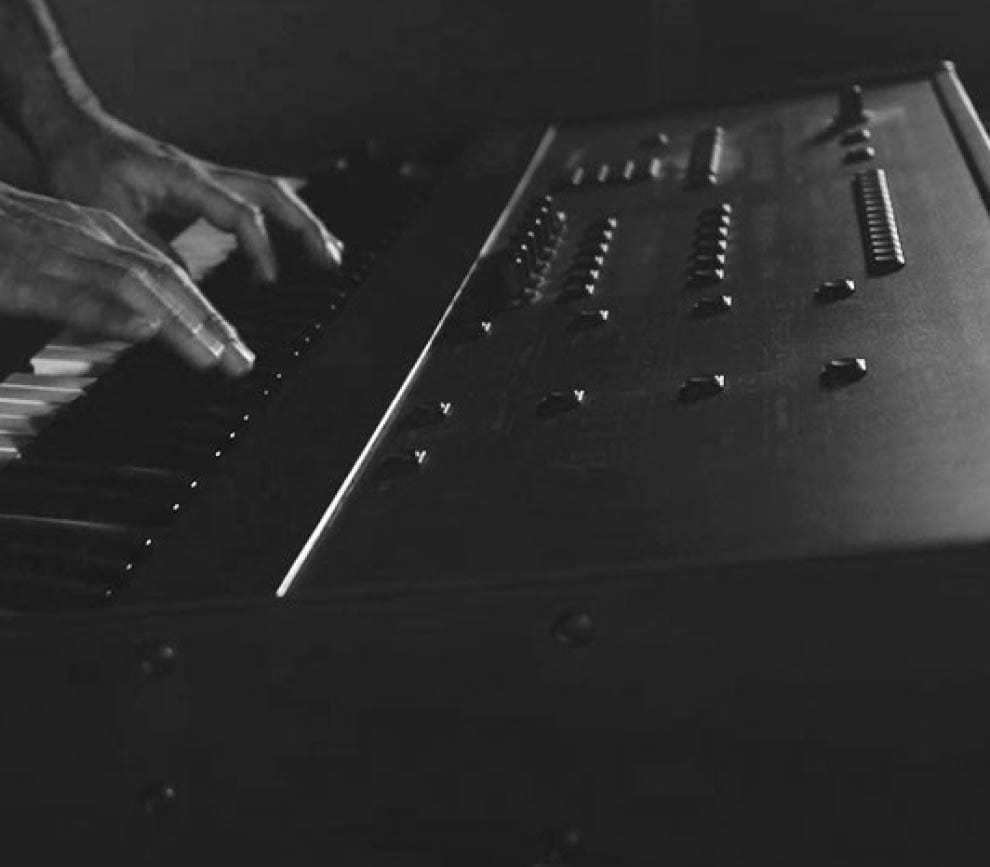
Agent
of analog
Matrix-12 V puts your hands on more of the original’s parameters at once.
It’s a playground for quick tweaks during live performance and exacting sound design in the studio.
Because it applied digital control to analog tone generation, the Matrix-12 had three displays and many pages of functions but only six knobs. We thought a sound engine this sensational deserved a lot more.
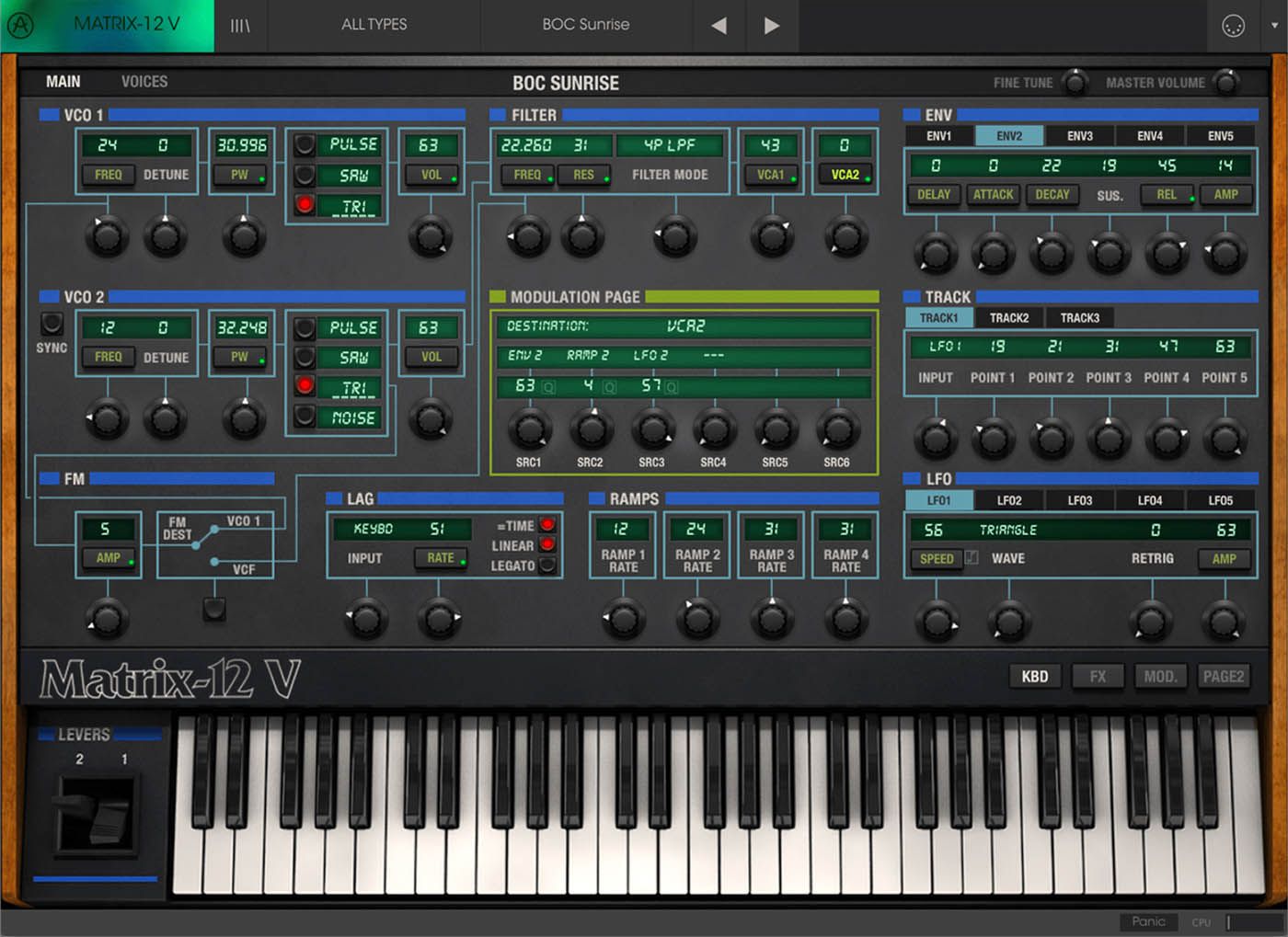
_1
_2
_3
_4
_5
_6
01. Original Oscillators
We began with faithful models of the oscillators, which feature pulse, saw, and triangle waves, PWM, hard sync, FM, and noise.
02. 15 Filters in One
That’s right — multiple pass modes, multiple slopes, and even phase-shifting filters let the Matrix create tones other analog synths can’t.
03. Pushing the Envelope
Why settle for just volume and filter envelopes when you can have five assignable ones? Create sounds that evolve in interesting and unexpected ways.
04. LFO Flexibility
Explore 5 tempo-syncable LFOs ready to apply to anything - and that’s just the tip of Matrix-12 V’s modulation iceberg.
05. Modulation Central
Press any parameter’s button to see all the sources that modulate it, and work with up to six sources at once.
06. Ramp It Up
Four ramp processors are like extra one-stage envelopes you can apply to any signal.
Matrix
Reloaded
More modulation, built-in FX, and a powerful Multi mode make you the architect of amazing sounds.
We dove deep into what makes the Matrix-12 special, put every parameter of it within easy reach, and then freed its analog mind with some reality-bending upgrades.
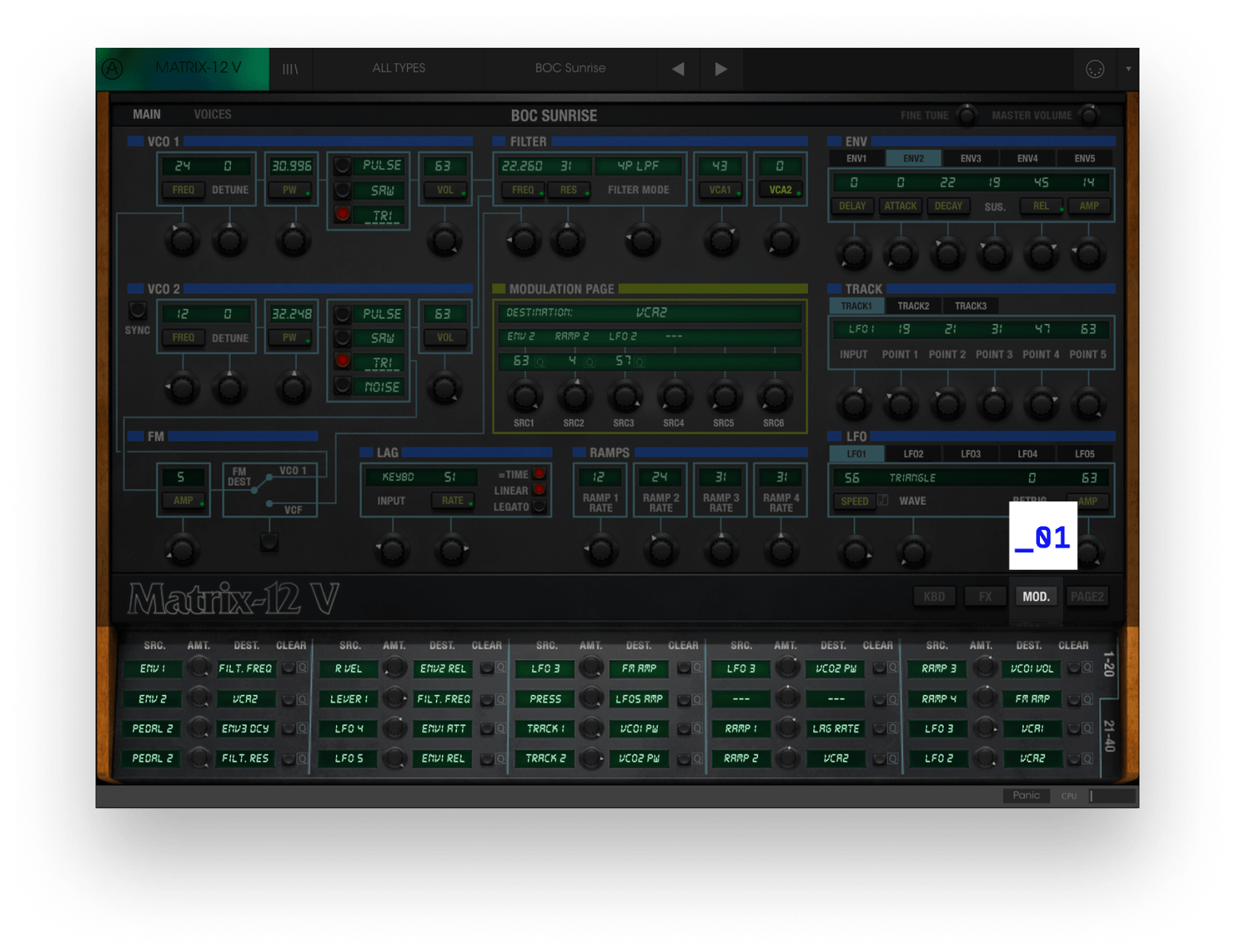
Tweak a superhero’s eye view of every modulation routing in Matrix-12 V at once. With up to 40, you’ll never run out of them.
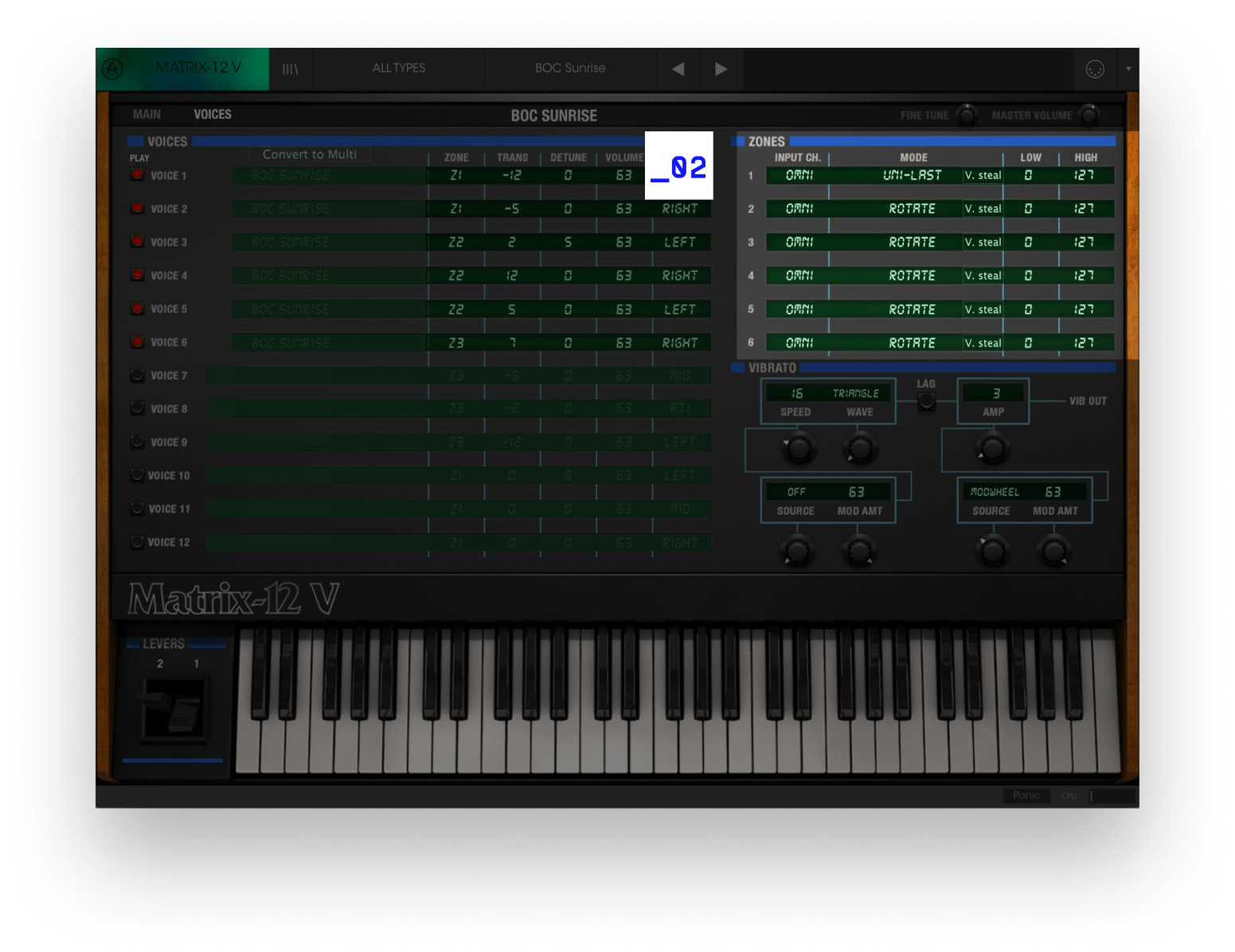
Splits or layers? How about six independent keyboard zones with adjustable range, MIDI channel, and voice allocation?
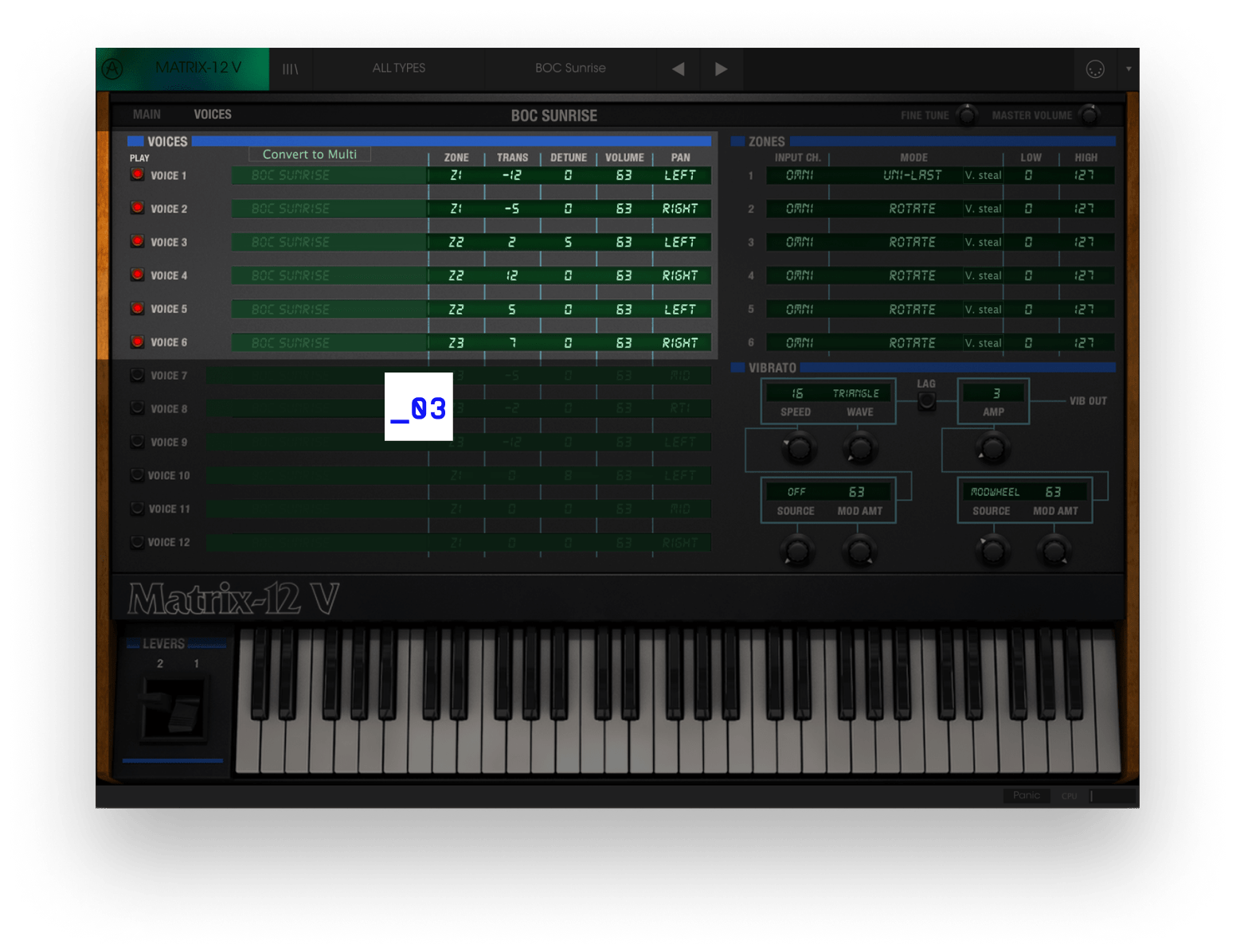
Assign Matrix-12 V’s voices to keyboard zones and transpose, detune, and pan them here. Each voice can play a different patch if you want!
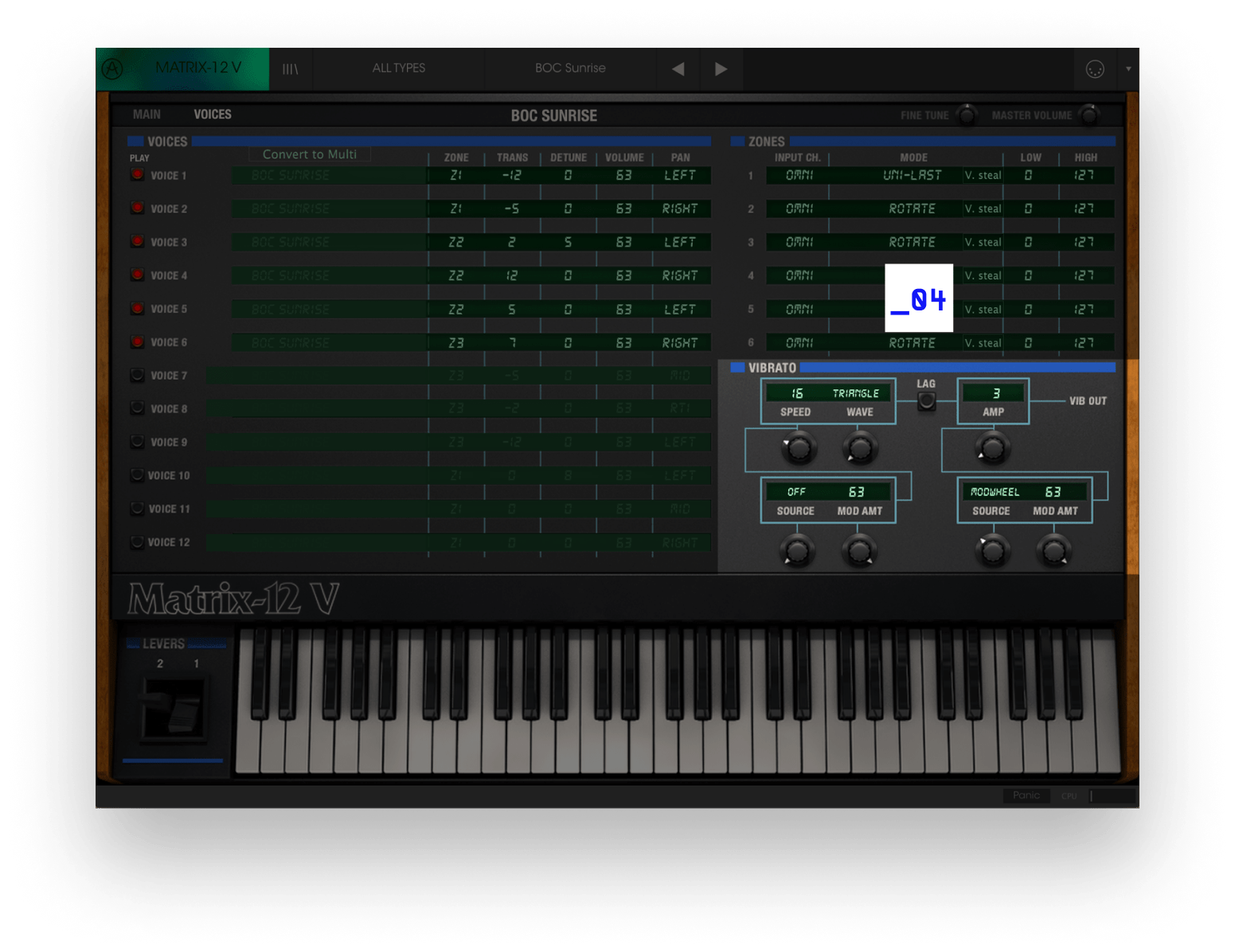
As if five LFOs weren’t enough, an independent vibrato lets you modulate its speed and amount from the mod wheel, a pedal, or aftertouch.
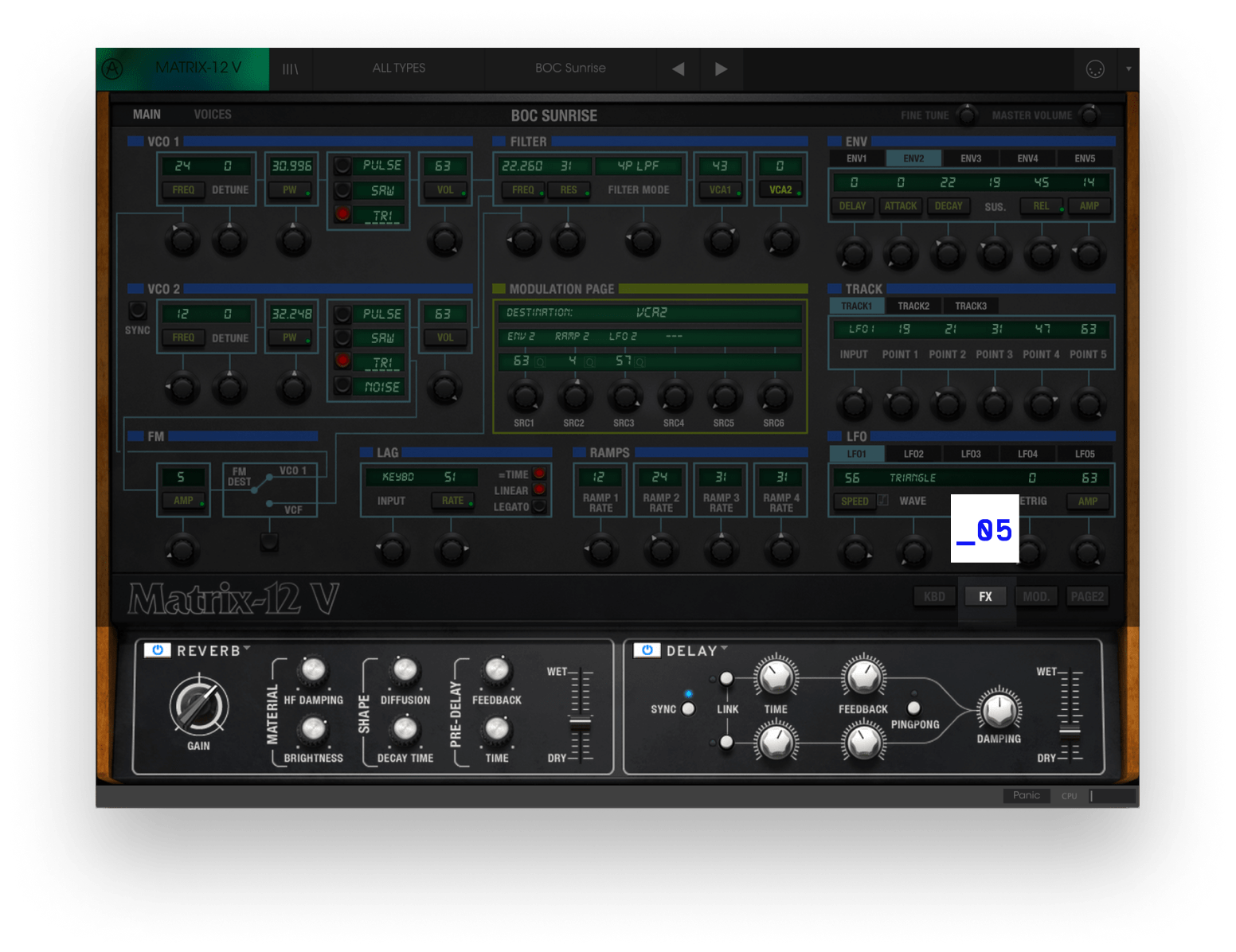
Choose from studio-grade classics including phaser, flanger, chorus, analog delay, stereo ping-pong delay, and lush reverb.
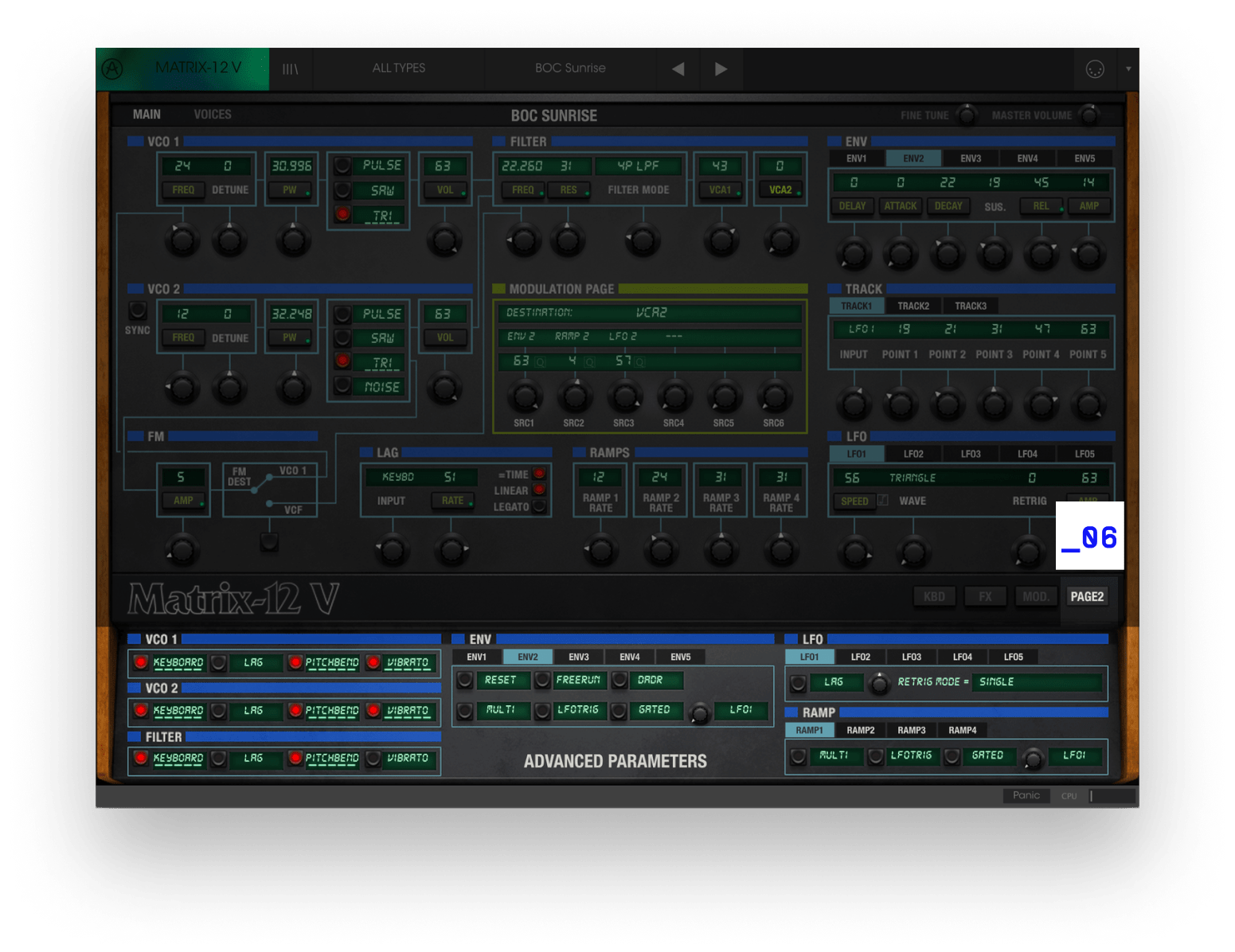
Achieve electron microscope level control over Matrix 12-V’s behavior with the settings located on Page 2.
Hear it
in action
Journey from the neon-lit streets of the 1980s to off-planet colonies and beyond with these audio demos from our community of artists and sound designers, made exclusively using Matrix-12 V sounds.
Escapes
In The Matrix
Selecting Presets
Trap
Rifts
A downtempo track with strong eerie feeling, taking advantage of the various filters modes, on board effects and voice parameters to fill the stereo width and audio spectrum.
Sunset
This minimalist demo features a light lead, the "Mountain Echo" preset, and a filter glide effect which take you to an other dimension.
Brian Molo
Artistscorner

Included in
V collection
Legendary Keyboards Reinvented
This instrument is also part of the V Collection -your complete dream line-up of the legendary synths, organs, pianos and more that made keyboard history. They’re modeled with the most advanced technologies for authentic realism, and enhanced with new creative options. Whether you use it as DAW plugins in the studio or standalone at gigs, V Collection puts the greatest keys of all time at your fingertips for instant inspiration.
Learn More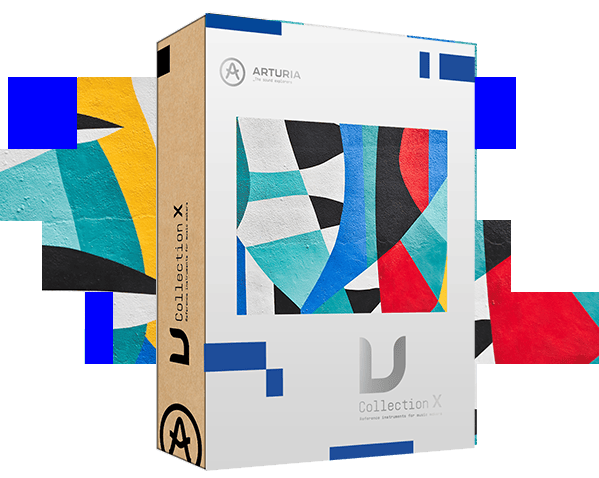
Las características
necesitas

Los tutoriales integrados en la app te guían en todos los aspectos del instrumento, desde parámetros individuales hasta consejos de nuestros diseñadores de sonido, para que te puedas centrar en la parte creativa. Cuesta creer que resulte tan fácil, pero así es.

Arturia Software Center te permite descargar, organizar y actualizar todo tu software de Arturia desde el mismo sitio, además de gestionar tus licencias en varios dispositivos. Así de sencillo.

Nuestros instrumentos virtuales y plugins están diseñados para integrarse fácilmente en tu estudio. Sea cual sea tu estilo, podrás explorar los sonidos y disfrutar de total compatibilidad con los principales DAW, tanto en Windows como en MacOS.

Encuentra al instante el sonido que tienes en mente gracias a la exploración inteligente y optimizada de presets. Busca con palabras clave, explora por tipo de instrumento, estilo musical, etc… Hasta puedes guardar tus presets favoritos para acceder rápidamente a ellos más adelante.

Tanto si buscas las inmersión visual completa de nuestras emulaciones de instrumentos clásicos como si prefieres ocupar el menor espacio en pantalla, las interfaces de todos tus instrumentos virtuales Arturia se pueden redimensionar a la escala que mejor te vaya.

Los instrumentos vienen preasignados de forma natural para la gama de controladores Arturia KeyLab, aunque también funcionarán estupendamente con otros controladores MIDI. Macros para alterar los sonidos al instante, integración sencilla con tu DAW y funcionamiento autónomo.
Basado en TAE®
La tecnología exclusiva de modelado analógico que hace que nuestras emulaciones sean indistinguibles de los originales.
Al imitar con precisión las características de los osciladores analógicos, los filtros y el recorte suave, podemos conseguir un asombroso detalle a nivel de componentes y el auténtico sabor analógico a partes iguales.
Learn more
Gallery
Main Features
Two oscillators, each offering triangle, sawtooth and variable-width pulse wave with PWM.
Oscillator 2 also functions as a white noise generator.
Oscillator 1 or the Filter can be frequency modulated.
Single filter with 15 modes: 4 Low Pass, 3 High Pass, 2 Band Pass modes, Notch and Phase Shift plus four additional "combo" filter modes.
Ultra-powerful modulation matrix with 27 sources and 47 destinations.
Sources include 5 envelopes, 5 LFOs, 4 Ramp, 3 Track generators, Velocity, Pressure, Keyboard follow, and more.
Two insert effect slots with six studio-grade effects available.
12 voices of polyphony like the original instrument
Multitimbral
Works in Standalone, VST, VST3, AU, AAX.
Platform specifications
Windows
- Win 10+ (64bit)
- 4 GB RAM
- Procesador de 4 núcleos a 3,4 GHz (4,0 GHz en modo Turbo)
- 3 GB de espacio libre en disco
- Gráfica compatible con OpenGL 2.0
- No funciona con procesadores ARM en Windows
Configuración mínima
- Funciona de forma autónoma y como VST, AAX, Audio Unit y NKS (únicamente en DAW de 64-bits).




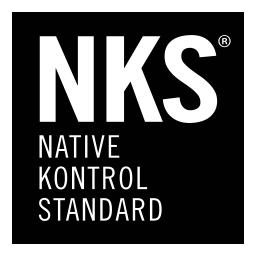
Apple
- Mac OS 11+
- 4 GB RAM
- Procesador de 4 núcleos, 3,4 GHz (4,0 GHz en modo Turbo) o procesador M1
- 3 GB de espacio libre en disco
- Gráfica compatible con OpenGL 2.0
Funciona con ASC
- Una solución elegante y sencilla para instalar, activar y actualizar tus instrumentos virtuales de Arturia.
Todos los nombres de fabricantes y productos mencionados en esta página son marcas comerciales de sus respectivos titulares, que de ninguna manera están asociados o afiliados con Arturia. Las marcas comerciales de otros fabricantes se usan únicamente para identificar los productos de aquellos fabricantes cuyas características y sonido se estudiaron durante el desarrollo. Todos los nombres de equipos, inventores y fabricantes se han incluido únicamente con fines ilustrativos y educativos, y no sugieren ninguna afiliación ni respaldo por parte de ningún inventor o fabricante de equipos.
Oberheim® is a registered trademark of Tom Oberheim®, which is in no way associated or affiliated with Arturia. All manufacturer and product names mentioned on this page are trademarks of their respective owners, which are in no way associated or affiliated with Arturia. The trademarks of other manufacturers are used solely to identify the products of those manufacturers whose features and sound were studied during the development. All names of equipment, inventors, and manufacturers have been included for illustrative and educational purposes only, and do not suggest any affiliation or endorsement by any equipment inventor or manufacturer.







